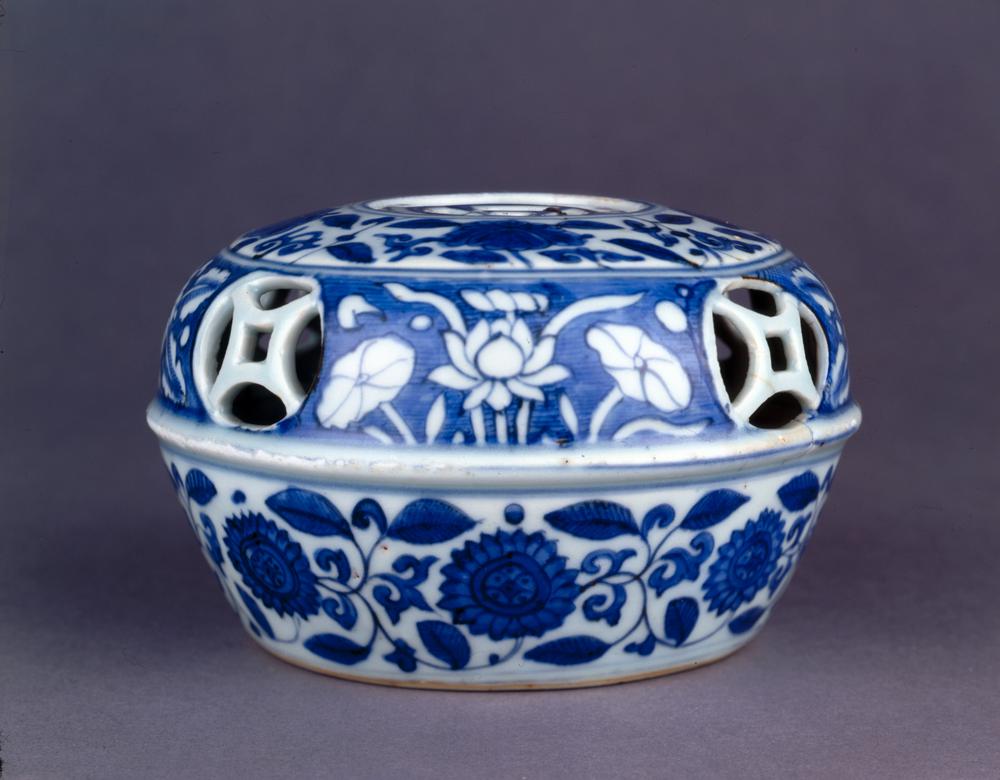Period:Unknown Production date:1820s (?)
Materials:silk
Technique:painted
Subjects:landscape
Dimensions:Height: 93.50 centimetres Width: 32.50 centimetres
Description:
Painting, hanging scroll, right of diptych. Mountain landscape in Chinese style: Chinese figure praying at outdoor altar, facing distant lofty peak. Ink and colour on silk. Signed and sealed.
IMG
![图片[1]-hanging scroll; painting; diptych BM-1946-0209-0.41-China Archive](https://chinaarchive.net/Unknown/Paintings/mid_00230105_001.jpg)
![图片[2]-hanging scroll; painting; diptych BM-1946-0209-0.41-China Archive](https://chinaarchive.net/Unknown/Paintings/mid_BM_Jap_Ptg_Add_0223.jpg)
![图片[3]-hanging scroll; painting; diptych BM-1946-0209-0.41-China Archive](https://chinaarchive.net/Unknown/Paintings/mid_BM_Jap_Ptg_Add_0223_00.jpg)
![图片[4]-hanging scroll; painting; diptych BM-1946-0209-0.41-China Archive](https://chinaarchive.net/Unknown/Paintings/mid_BM_Jap_Ptg_Add_0223_01.jpg)
![图片[5]-hanging scroll; painting; diptych BM-1946-0209-0.41-China Archive](https://chinaarchive.net/Unknown/Paintings/mid_BM_Jap_Ptg_Add_0223_02.jpg)
![图片[6]-hanging scroll; painting; diptych BM-1946-0209-0.41-China Archive](https://chinaarchive.net/Unknown/Paintings/mid_BM_Jap_Ptg_Add_0223_03.jpg)
![图片[7]-hanging scroll; painting; diptych BM-1946-0209-0.41-China Archive](https://chinaarchive.net/Unknown/Paintings/mid_BM_Jap_Ptg_Add_0223_A.jpg)
![图片[8]-hanging scroll; painting; diptych BM-1946-0209-0.41-China Archive](https://chinaarchive.net/Unknown/Paintings/mid_BM_Jap_Ptg_Add_0223_04.jpg)
Comments:Clark 1992 No artist did more than Hokusai to introduce themes from classical Chinese literature into popular Japanese culture during the first half of the nineteenth century. Here two disparate compositions are paired, apparently, on the basis of their both having Chinese subjects. The theme of the right-hand scroll remains somewhat obscure: a Chinese figure is praying at an outdoor altar which faces a distant lofty peak. Henri Joly in his ‘Legend in Japanese Art’ (London, John Lane, 1908), p. 207, lists a certain Kyo Chi (Chinese: Kuang Zhi) who ‘. . . was led to Mount Gi by a divinity disguised as a wood cutter. He built an altar and learnt Taoism’, but it has not yet been possible to verify this legend from Japanese sources. The left-hand scroll illustrates the episode when Li Guang (Japanese: Ri Ko), a commander of the Han armies and famous archer, thought he saw a tiger hiding in the grass and let fly an arrow. Upon closer inspection, however, it proved to be a tiger-shaped rock into which the arrow had miraculously sunk. As well as the scrolls’ common Chinese theme, the shape of the tiger-rock echoes perhaps the configuration of the peak in the right-hand composition.It is hard to come to a definitive judgement on the authenticity of these scrolls. The execution of the left scroll – in particular the crispness and energy of the birds and the elegant spikiness of the flowering pinks – shows many elements of Hokusai’s style; but the mountain landscape, though generally well composed, is curiously lacking in focus and somewhat lack-lustre in execution. The cursive ‘Iitsu’ signature is unusual but not unprecedented. The ‘Fumoto no sato’ seal is found on about half a dozen paintings of Hokusai’s ‘Taito’ period (1811-20) but not as yet on any other from the Iitsu period (1820-34). The seal on the left scroll, which might possibly read ‘Iitsu, Iitsu’, also appears on ‘Woman Dancing with her Hands Raised’ (Obuse 1985, p. 9).
Materials:silk
Technique:painted
Subjects:landscape
Dimensions:Height: 93.50 centimetres Width: 32.50 centimetres
Description:
Painting, hanging scroll, right of diptych. Mountain landscape in Chinese style: Chinese figure praying at outdoor altar, facing distant lofty peak. Ink and colour on silk. Signed and sealed.
IMG
![图片[1]-hanging scroll; painting; diptych BM-1946-0209-0.41-China Archive](https://chinaarchive.net/Unknown/Paintings/mid_00230105_001.jpg)
![图片[2]-hanging scroll; painting; diptych BM-1946-0209-0.41-China Archive](https://chinaarchive.net/Unknown/Paintings/mid_BM_Jap_Ptg_Add_0223.jpg)
![图片[3]-hanging scroll; painting; diptych BM-1946-0209-0.41-China Archive](https://chinaarchive.net/Unknown/Paintings/mid_BM_Jap_Ptg_Add_0223_00.jpg)
![图片[4]-hanging scroll; painting; diptych BM-1946-0209-0.41-China Archive](https://chinaarchive.net/Unknown/Paintings/mid_BM_Jap_Ptg_Add_0223_01.jpg)
![图片[5]-hanging scroll; painting; diptych BM-1946-0209-0.41-China Archive](https://chinaarchive.net/Unknown/Paintings/mid_BM_Jap_Ptg_Add_0223_02.jpg)
![图片[6]-hanging scroll; painting; diptych BM-1946-0209-0.41-China Archive](https://chinaarchive.net/Unknown/Paintings/mid_BM_Jap_Ptg_Add_0223_03.jpg)
![图片[7]-hanging scroll; painting; diptych BM-1946-0209-0.41-China Archive](https://chinaarchive.net/Unknown/Paintings/mid_BM_Jap_Ptg_Add_0223_A.jpg)
![图片[8]-hanging scroll; painting; diptych BM-1946-0209-0.41-China Archive](https://chinaarchive.net/Unknown/Paintings/mid_BM_Jap_Ptg_Add_0223_04.jpg)
Comments:Clark 1992 No artist did more than Hokusai to introduce themes from classical Chinese literature into popular Japanese culture during the first half of the nineteenth century. Here two disparate compositions are paired, apparently, on the basis of their both having Chinese subjects. The theme of the right-hand scroll remains somewhat obscure: a Chinese figure is praying at an outdoor altar which faces a distant lofty peak. Henri Joly in his ‘Legend in Japanese Art’ (London, John Lane, 1908), p. 207, lists a certain Kyo Chi (Chinese: Kuang Zhi) who ‘. . . was led to Mount Gi by a divinity disguised as a wood cutter. He built an altar and learnt Taoism’, but it has not yet been possible to verify this legend from Japanese sources. The left-hand scroll illustrates the episode when Li Guang (Japanese: Ri Ko), a commander of the Han armies and famous archer, thought he saw a tiger hiding in the grass and let fly an arrow. Upon closer inspection, however, it proved to be a tiger-shaped rock into which the arrow had miraculously sunk. As well as the scrolls’ common Chinese theme, the shape of the tiger-rock echoes perhaps the configuration of the peak in the right-hand composition.It is hard to come to a definitive judgement on the authenticity of these scrolls. The execution of the left scroll – in particular the crispness and energy of the birds and the elegant spikiness of the flowering pinks – shows many elements of Hokusai’s style; but the mountain landscape, though generally well composed, is curiously lacking in focus and somewhat lack-lustre in execution. The cursive ‘Iitsu’ signature is unusual but not unprecedented. The ‘Fumoto no sato’ seal is found on about half a dozen paintings of Hokusai’s ‘Taito’ period (1811-20) but not as yet on any other from the Iitsu period (1820-34). The seal on the left scroll, which might possibly read ‘Iitsu, Iitsu’, also appears on ‘Woman Dancing with her Hands Raised’ (Obuse 1985, p. 9).
© Copyright
The copyright of the article belongs to the author, please keep the original link for reprinting.
THE END
![[Qing Dynasty] British female painter—Elizabeth Keith, using woodblock prints to record China from the late Qing Dynasty to the early Republic of China—1915-China Archive](https://chinaarchive.net/wp-content/uploads/2022/11/image-191x300.png)




